“What wild creature is more accessible to our eyes and ears, as close to us and everyone in the world, as universal as a bird?” – David Attenborough Are Everywhere You Are
One thing you cannot help in this world is seeing birds. They are virtually everywhere! Look up, look down, look over there, go to the waters, the woods, the wavy field of grass or watch through the window of your home, you’ll see birds.
More than 450 species of birds can be found in Nebraska and a number of them migrate through the state from their wintering grounds in the south to their breeding grounds in the north.
And I, for one, love and appreciate them.
The value of birds cannot be underestimated! Pest control, public health, seed dispersal and ecotourism — these are just some of the ways birds benefit we humans.
Birds are also sentinel species whose plight serves as barometer of ecosystem health and an alert system for detecting global environmental ills. Many of the world’s songbirds, for example, are threatened with declining numbers due to pressures from habitat loss and other factors. In addition, the beauty, songs, and flight of birds have long been sources of human inspiration.
I like nothing more than grabbing my digital camera when I am venturing out to a variety of habitats to hunt, fish, canoe, camp, hike or visit with landowners to see how many different images of birds I can capture.
So, I seize any opportunity to promote the appreciation and conservation of wild birds flying freely outside of our windows.
That is why I want to promote bird month.
May is bird month here in Nebraska, actually International Migratory Bird Month, with a number of bird watching events scheduled for you to attend to highlight our feathered friends. In fact, to encourage you to celebrate, appreciate and learn more about birds, an official proclamation of International Migratory Bird Month in Nebraska is set for May 10th at a special ceremony at the State Capitol in Lincoln, NE.
With all of that information in mind, I thought we would have a little fun and test your basic bird ID skills with a fun quiz I’ve compiled. I believe to know birds is to appreciate them!
I took these photos at various locations in Douglas County, NE. Among the photo locations were city parks, acreages, farms and even my yard in Omaha! Some of these birds will be familiar to you, others not so much. Feel free to share your results of the bird quiz with us in the comments portion of the blog.
Now, it’s time for you to take for the bird identification quiz with a helpful hint or two provided. The answers are listed after you view the last photo. Let’s see how you do.
Good luck!
Bird #1. HELPFUL HINT(S): A highly intelligent bird, solving problems, gathering food and communicating more than other birds. This common bird will actually scream like a hawk to scatter birds at a feeder before approaching it.
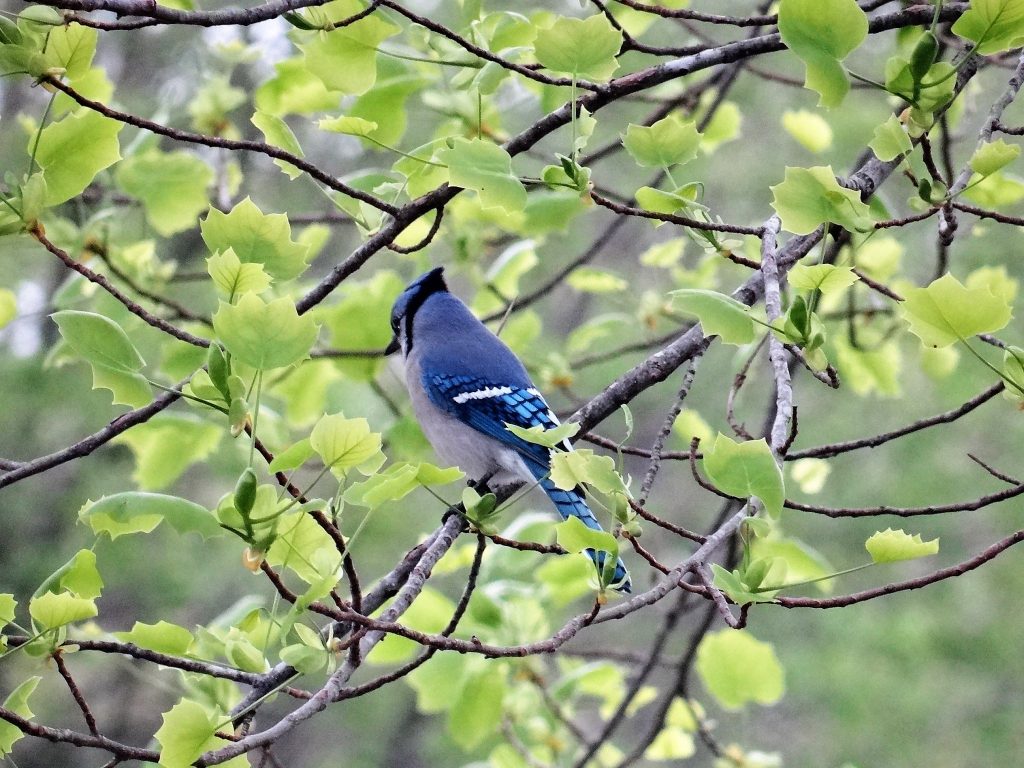
Bird #2. HELPFUL HINT(S): A familiar, territorial bird that can be heard singing all night long in the springtime. The nest of this bird is cup-sized and the male helps the female build it.
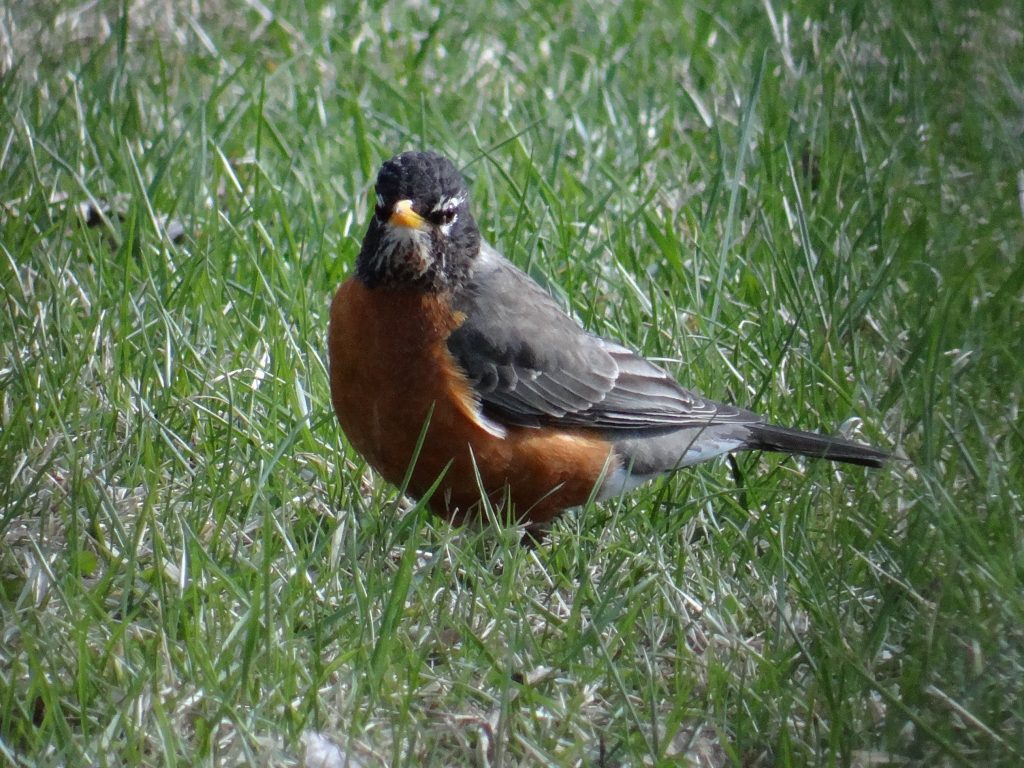
Bird #3. HELPFUL HINT(S): The reintroduction of this bird, North America’s largest upland game bird, is a tremendous wildlife management success story, thanks to the dollars of hunters, cooperation of landowners and expertise of wildlife biologists. It can be found in all 93 Nebraska counties.

Bird #4. HELPFUL HINT(S): A very familiar backyard bird. Look for the male to feed the female during courtship. Listen for its “whata-cheer-cheer-cheer” territorial call in spring.
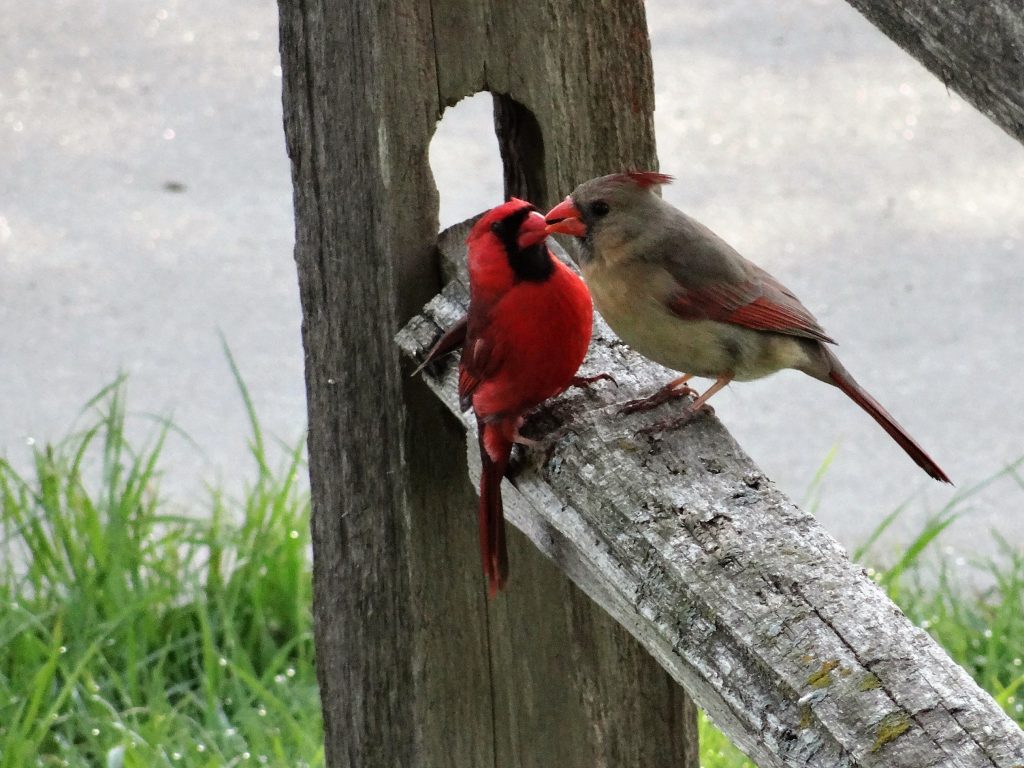
Bird #5. HELPFUL HINT(S): An common bird of the state where trees are present. Stiff tail feathers help brace the bird like a tripod as it clings to trees and fence posts. Males and females drum on hollow logs to announce territories. The bird also has a long barbed tongue to pull insects from tiny spots.
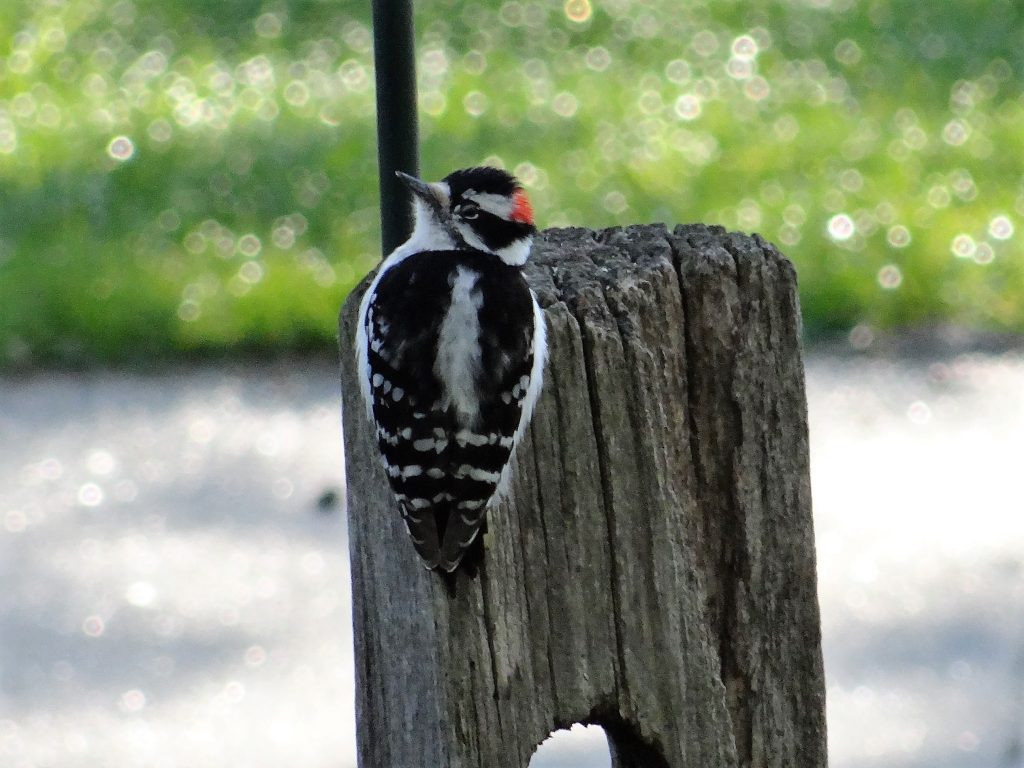
Bird #6. HELPFUL HINT(S): This particular bird is a remarkable songster. It is found often in thick shrubs where it sings deliberate musical phrases, repeating each twice. It has over 1,100 documented song types.
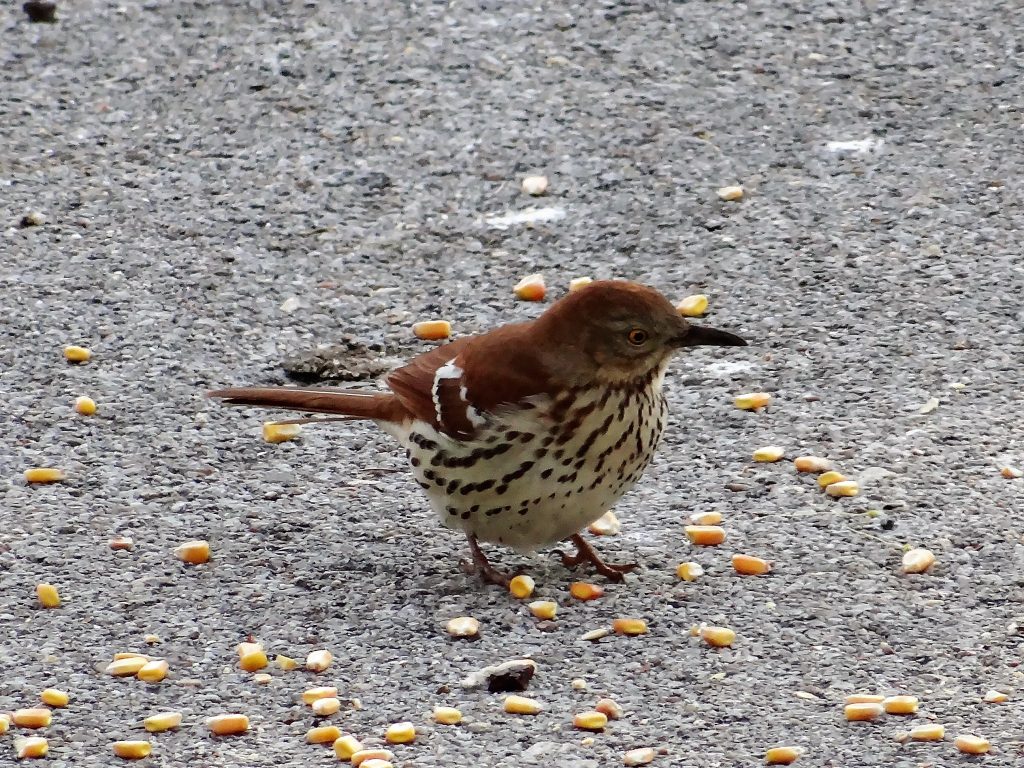
Bird #7. HELPFUL HINT(S): Named for its rosy red belly patch, this is mainly a bird of the shady woodlands. It excavates holes in rotten wood looking for insects and arachnids but will also eat from a bird feeder.
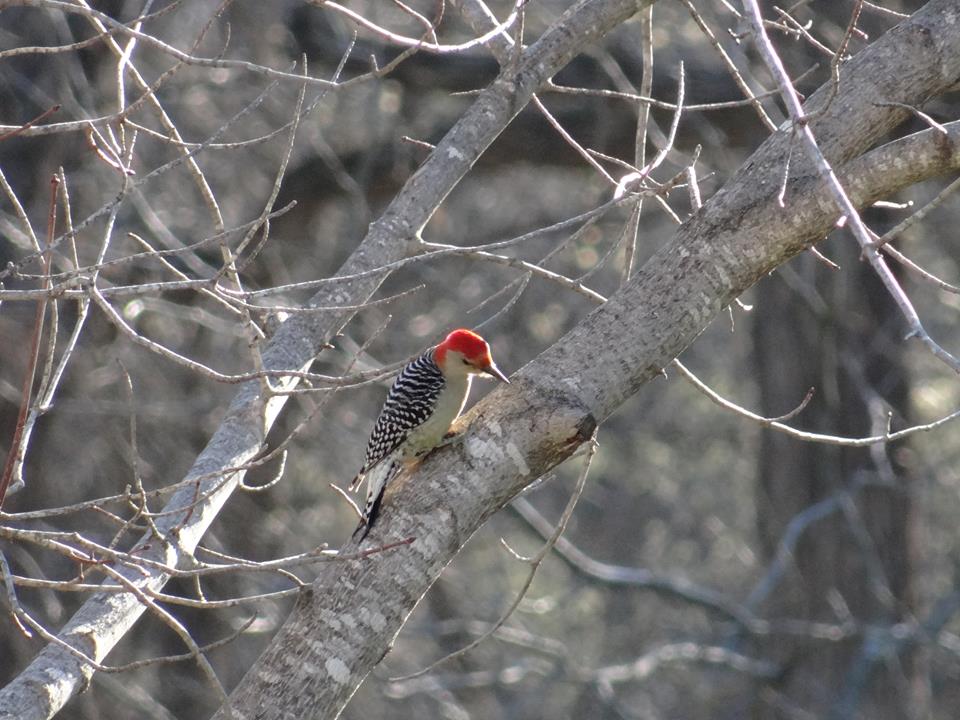
Bird #8. HELPFUL HINT(S): A common garden or yard bird that is often seen at bird feeders, likes to eat dropped seeds on the ground. It received its common name from the male’s fast “chip” call, thus the nickname “Chippy.” It almost always uses animal hair to line its nest.
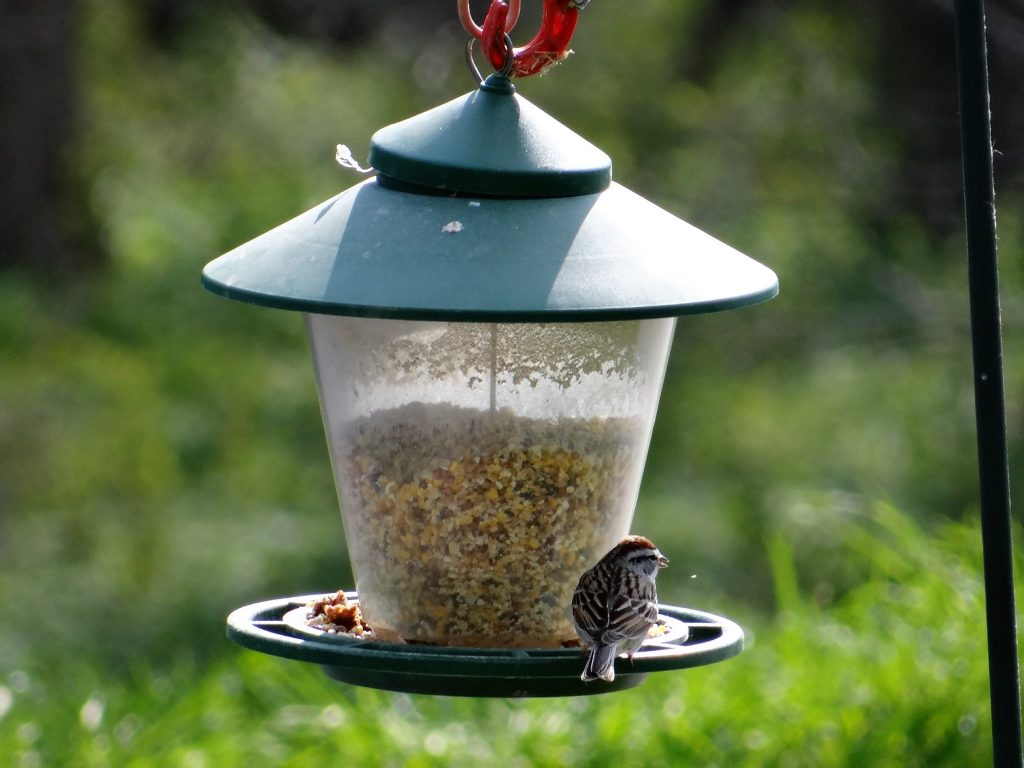
Bird #9. HELPFUL HINT(S): Sings one of the first bird songs of spring. Familiar bird, nearly always in flocks. This is a small bird strongly associated with human habitations, and can live in urban or rural settings.
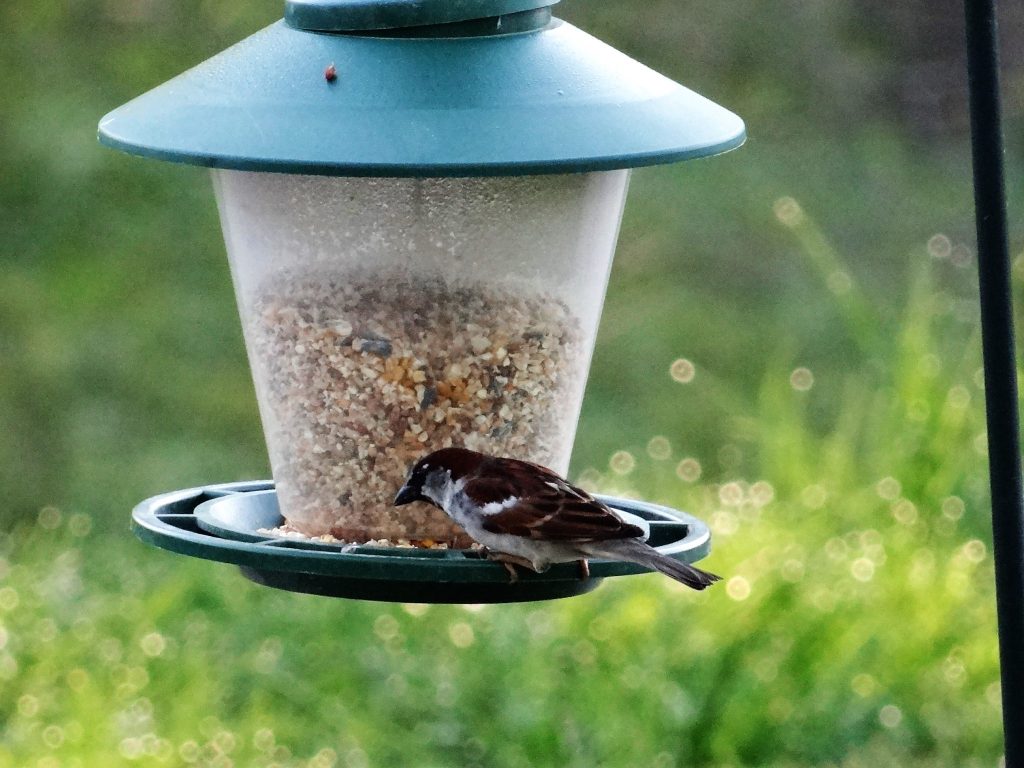
Bird #10. HELPFUL HINT(S): The only woodpecker to feed regularly on the ground, preferring ants and beetles. It produces an antacid saliva to neutralize the acidic defense of ants This is the only brown-backed woodpecker in Nebraska. Subspecies have been known to interbreed on the Great Plains.
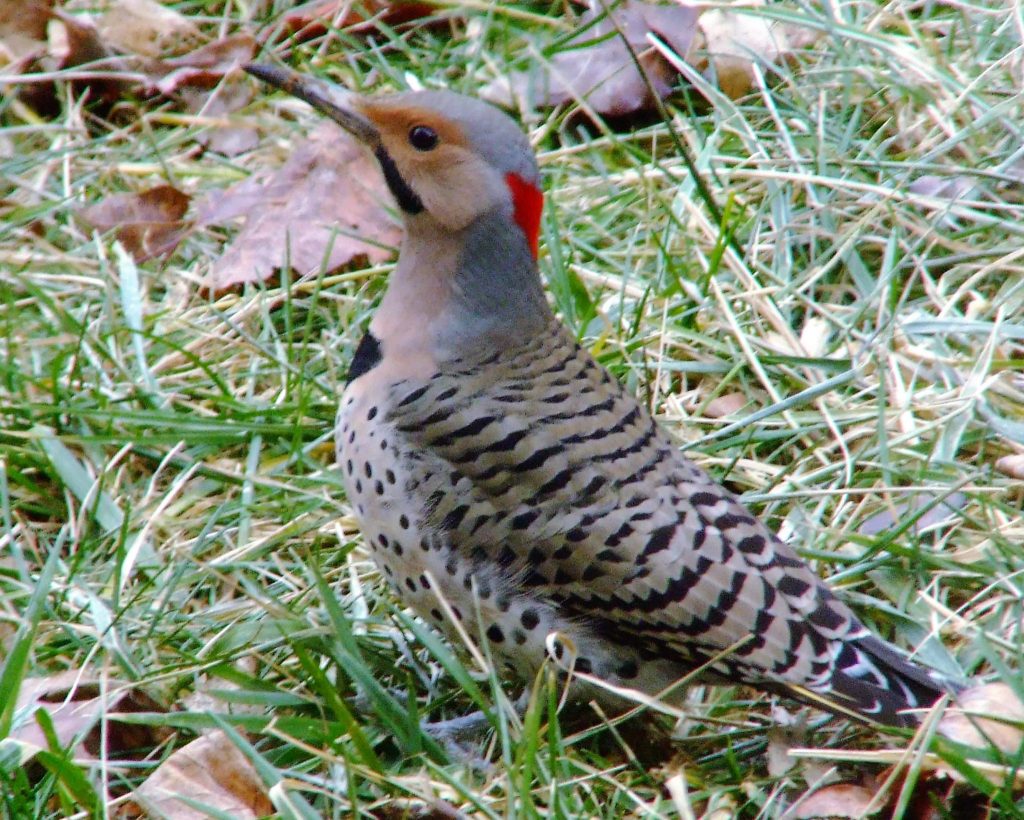
Bird #11. HELPFUL HINT(S): A member of the blackbird family, this bird is the only nest parasite one in Nebraska. It lays all eggs in host birds nests’ and leaving others to raise its young.
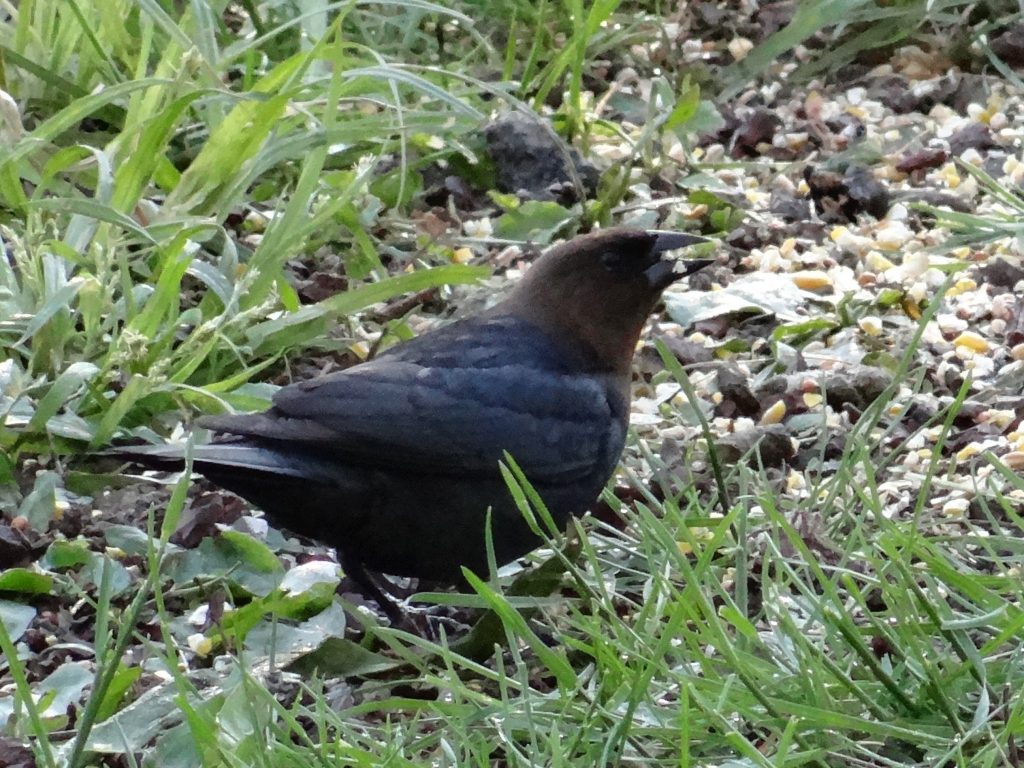
Bird #12. HELPFUL HINT(S): This bird is found statewide. Most migrate in spring (and fall). The bird prefers open fields, pastures and other open habitats often perching on fence posts or nearby buildings waiting to eat insects such as grasshoppers.
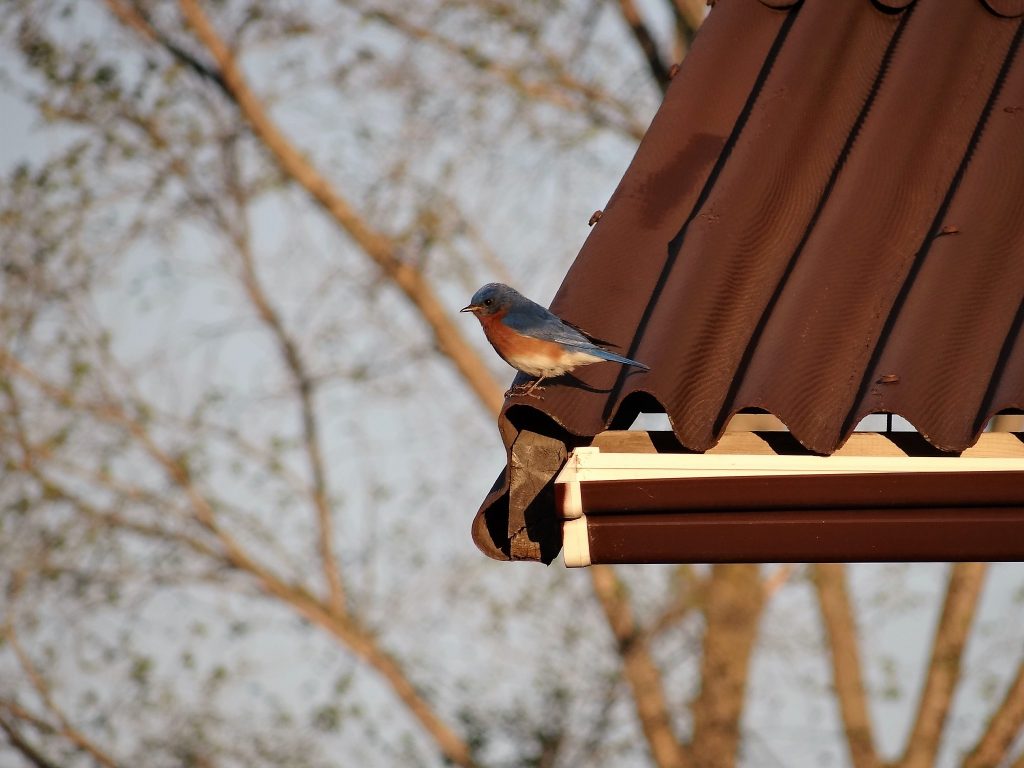
Bird #13. HELPFUL HINTS: A small, non-migratory bird, it is a permanent resident of eastern Nebraska, but generally is found in fairly mature floodplain forests in the state during the breeding season. The bird creeps down tree trunks head first in search of insects and other food.
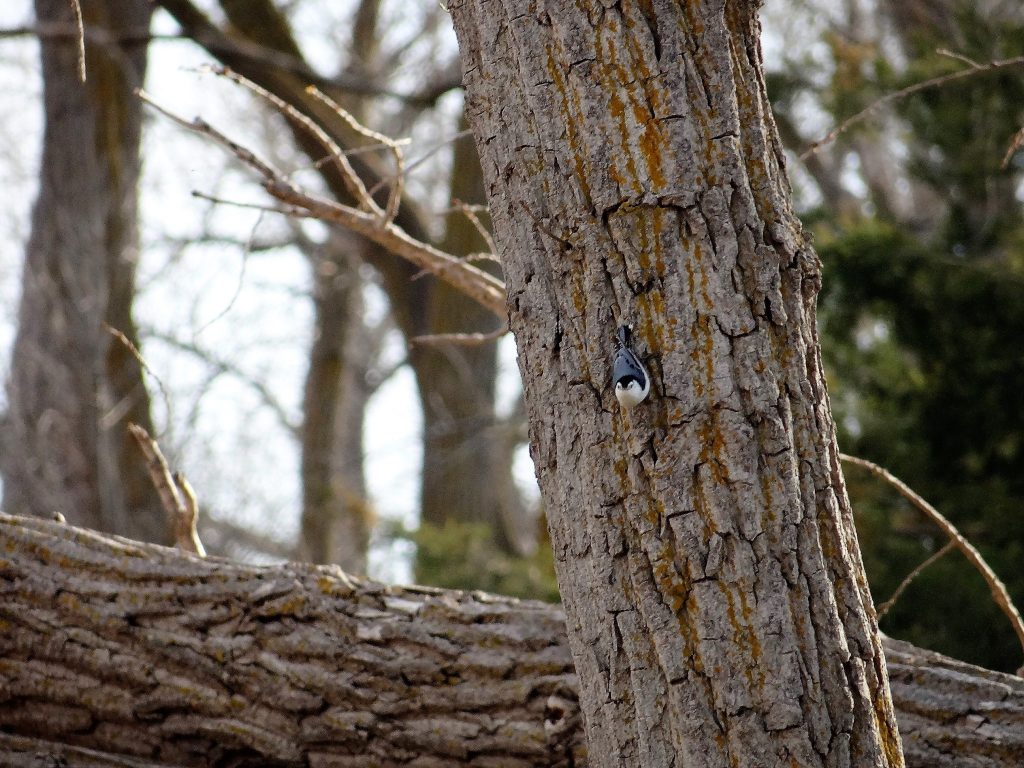
Bird #14. HELPFUL HINTS: Found in a variety of habitats, this bird is often seen foraging on the ground underneath bird feeders. It is one of the more populated bird species in North America.

Bird #15. HELPFUL HINTS: Misnamed as a “sea gull,” this bird in flocks frequently follows farm discs or scatters over fields after a heavy rain to eat earthworms. It is a common spring migrant using watery habitats including ponds, lakes, reservoirs, rivers and marshes.
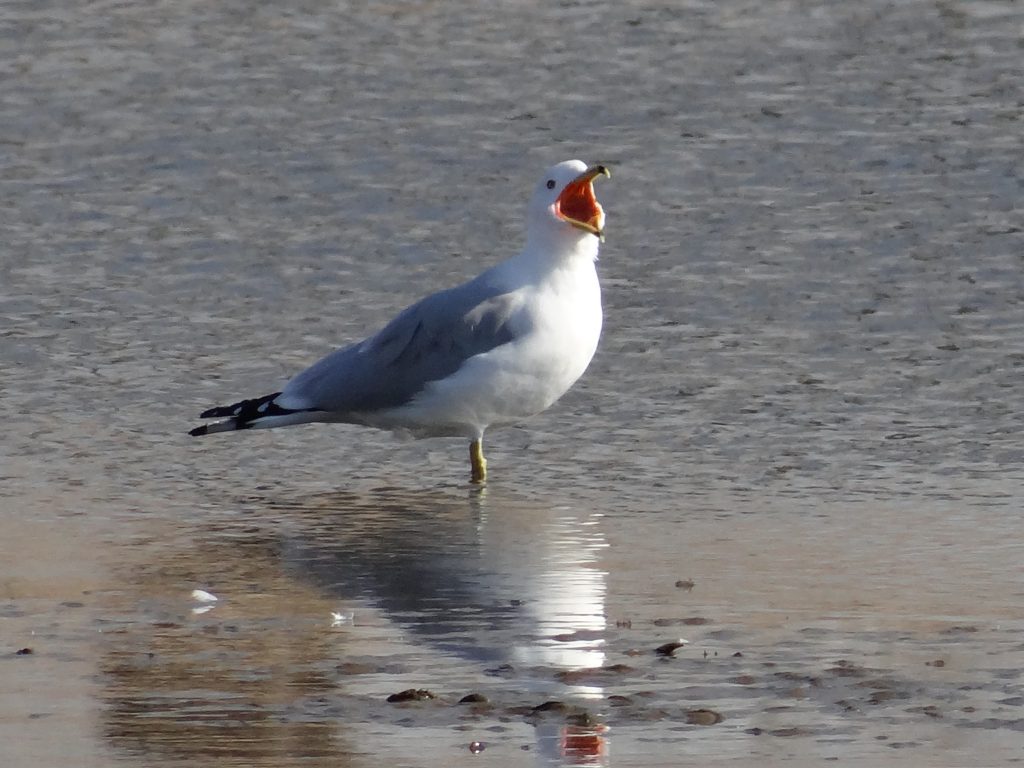
Bird #16. HELPFUL HINTS: This bird rides the thermals in the sky and uses its keen sense of smell and excellent eyesight to find carrion. A consummate scavenger, this bird is a spring and fall migrant as well as a summer resident in Nebraska.
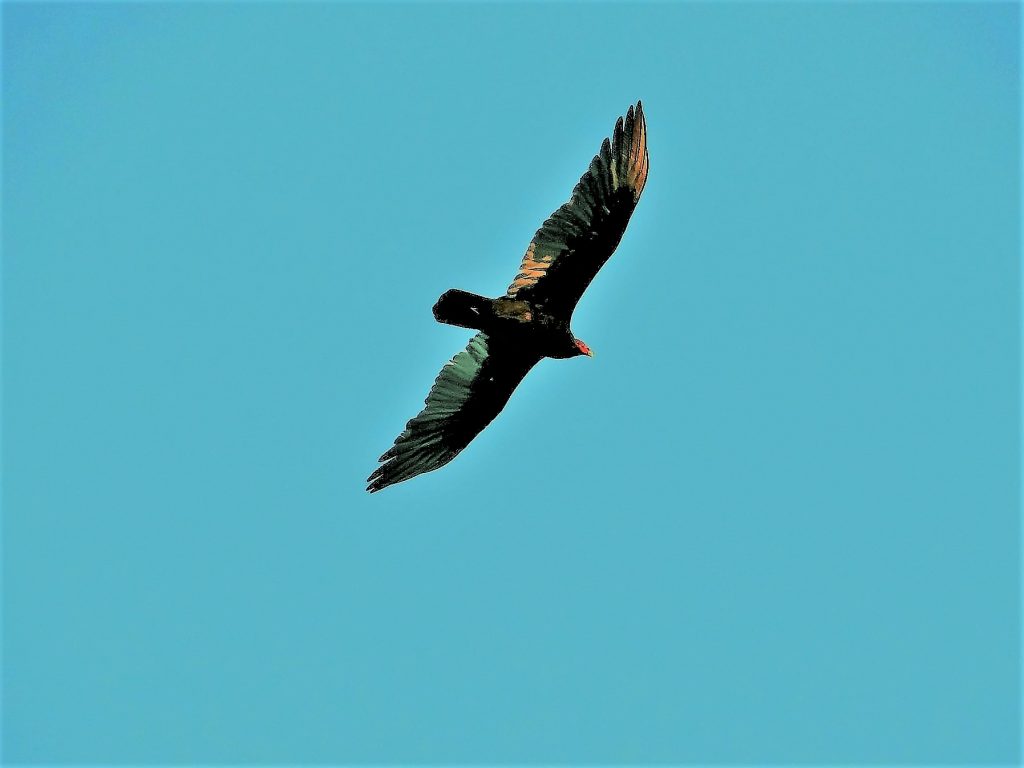
Bird #17. HELPFUL HINTS. This is the official Nebraska State Bird. It is a colorful bird of the prairie with its song being a variable series of bubbling, flute-like notes which become faster at the end of it. To confirm identification, you must listen closely to its call.
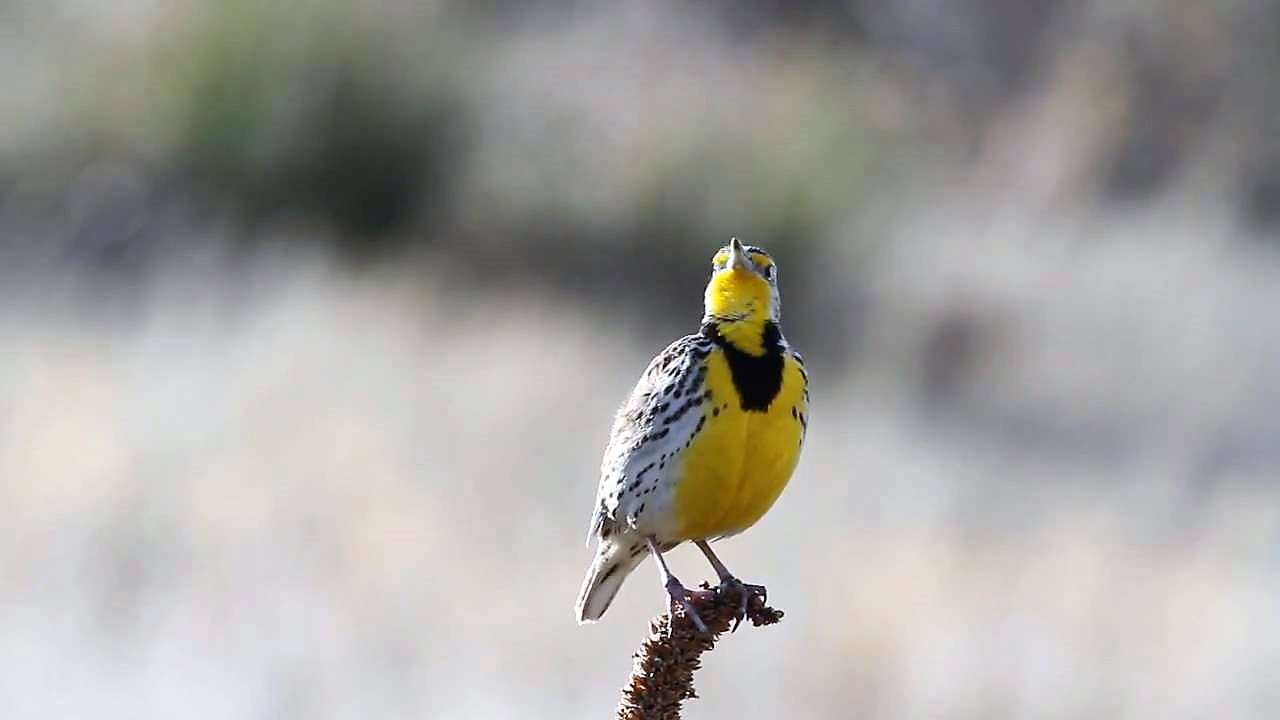
Bird #18. HELPFUL HINTS: Cavity nester along tree-lined rivers, creeks, oxbows and lakes. It is one of the few duck species equipped with strong claws that can grip bark and perch on branches.
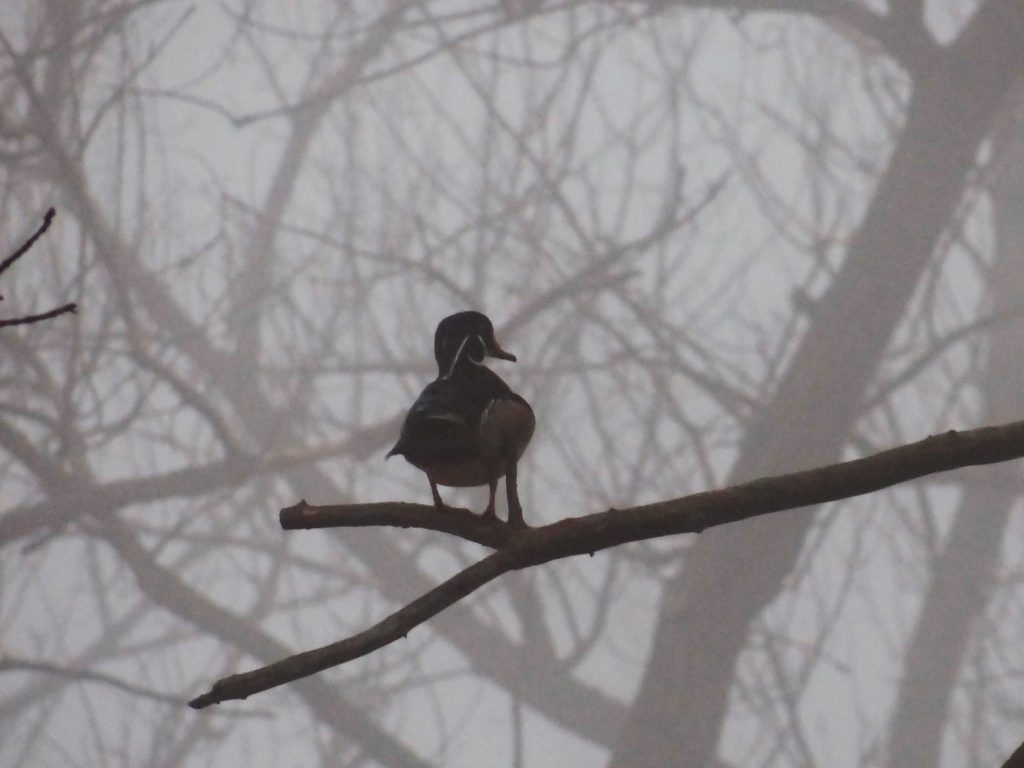
Bird #19. HELPFUL HINTS: This bird has a mournful “oowoo-woo-woo-woo” call. It is an abundant spring and fall migrant as well as a summer resident and regular breeder. It can be found across the state in a variety of habitats.
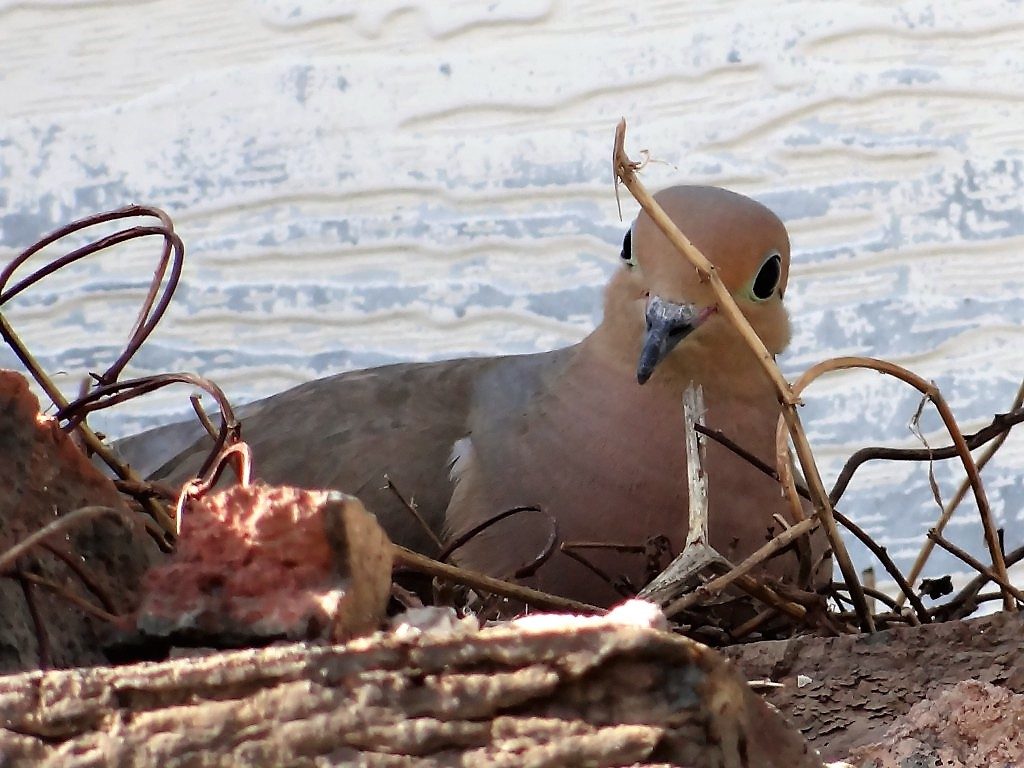
Bird #20. HELPFUL HINTS: Identified by its unique bill which it uses to sieve animal matter from the water. This is a common species to wetlands that is locally abundant and a spring migrant statewide.
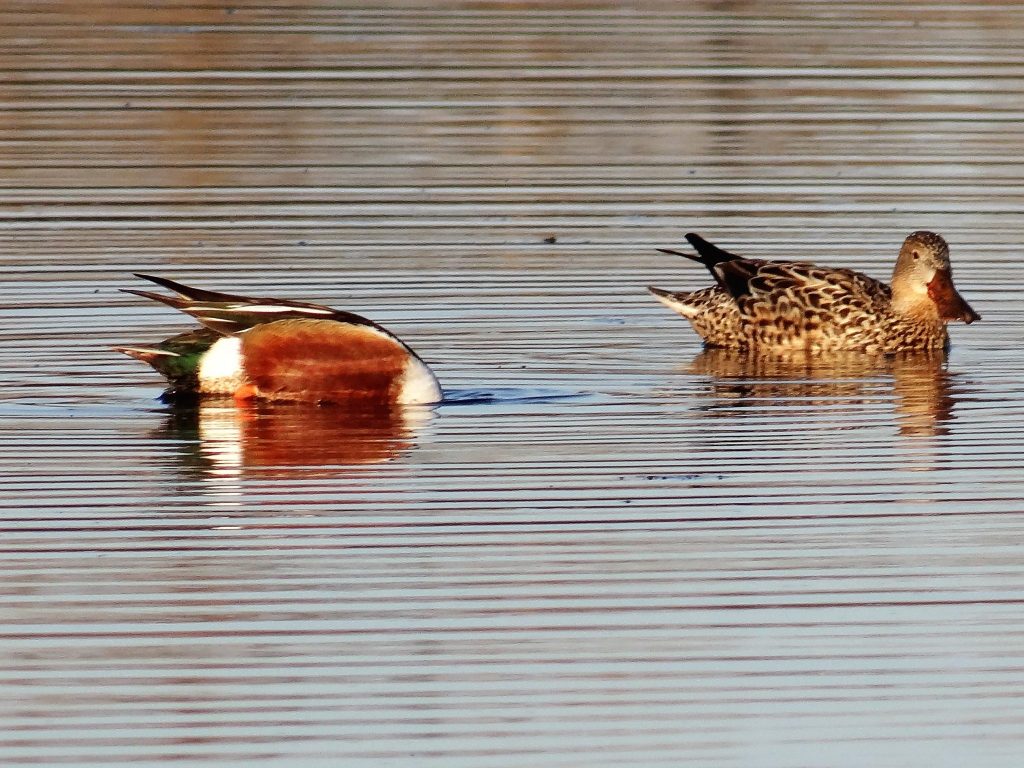
Bonus Bird #21. Courtesy of Joel Jorgenson who is the Nongame Bird Program Manager for the Nebraska Game and Parks Commission. HELPFUL HINTS: This raptor spends the winter in South America. It often migrates in groups which occasionally can be seen hunting in agricultural fields being worked by farming implements. The brown “bib” is a useful field mark.
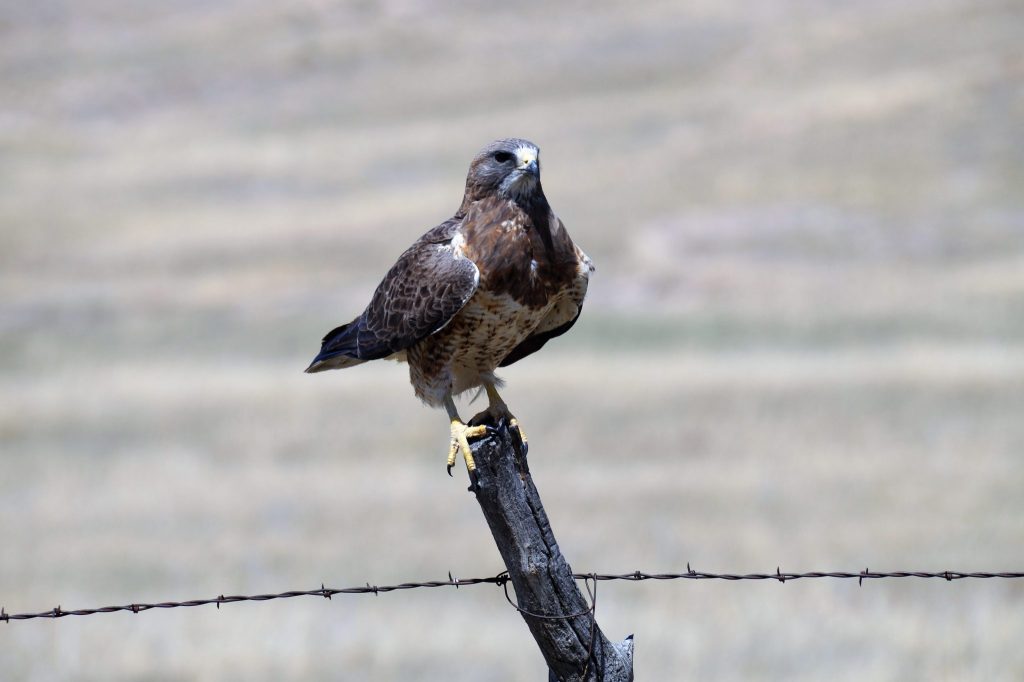
ANSWERS: (1) Blue Jay. (2) American Robin. (3) Wild Turkey. (4) Northern Cardinal Male (Left) and Female (Right). (5) Downy Woodpecker. (6) Brown Thrasher. (7) Red-Bellied Woodpecker. (8) Chipping Sparrow. (9) House Sparrow. (10) Northern Flicker. (11) Brown-Headed Cowbird. (12) Eastern Bluebird. (13) White-Breasted Nuthatch.(14) Dark-Eyed Junco. (15) Ring-Billed Gull. (16) Turkey Vulture. (17) Western Meadowlark. (18) Wood Duck. (19) Mourning Dove. (20) Northern Shoveler. (21) Swainson’s Hawk.
How’d you do? What’s your score?
Get more details on the birds of Nebraska by visiting the Nebraska Bird Library or my conservation compatriot Joel Jorgensen’s nongame bird blog.
Happy bird watching!
The post It’s Bird Month; Do You Know Your Birds? appeared first on NEBRASKALand Magazine.
















